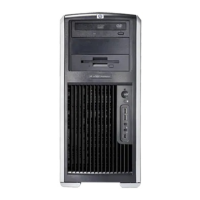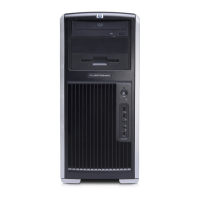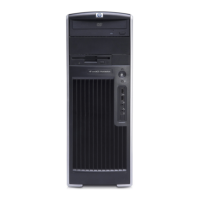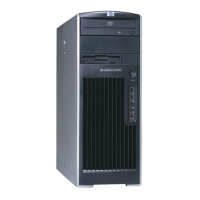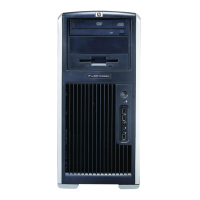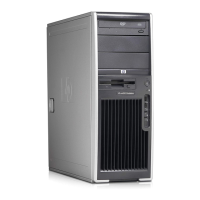4 Connect a VTR and a broadcast monitor to your workstation. See Setting
Up Video Hardware on page 27.
5 Set up the audio hardware. See Setting Up Audio Hardware on page 39.
6 Perform the procedures in the Red Hat Enterprise Linux Workstation 4,
Update 3 Installation and Configuration Guide to install your operating
system and the Discreet
®
Kernel Utility (DKU).
7 Perform the procedures in the Autodesk Visual Effects and Finishing Software
Installation Guide to install and license your Visual Effects and Finishing
application.
Hardware Configuration Guidelines
In most cases, hardware integration and application installation are done on
delivery by an authorized technician, and some of the procedures in this guide
may not be necessary. Still, it is a good idea to read through all chapters to
familiarize yourself with the configuration procedures for the following reasons:
■ Many suspected problems with your system may be due to loosened
connections or improperly configured devices. This guide helps you
troubleshoot problems by providing information about properly configured
systems.
■ If you need to call Customer Support, familiarity with this guide allows
you to help Customer Support diagnose problems.
■ If you want to move your system at any time, or upgrade certain hardware
components, this guide contains crucial information.
This guide, in conjunction with the Autodesk Stone Direct Configuration Guide,
provides complete information about the configuration of hardware
components. However, hardware configuration should only be performed by
an experienced hardware integrator.
Your Autodesk system consists of high-performance hardware that must be
configured in an environment suited to its operational needs. The following
sections discuss:
■ Memory requirements
■ Proper environmental conditions
■ Power and air-conditioning
6 | Chapter 2 Getting Started
